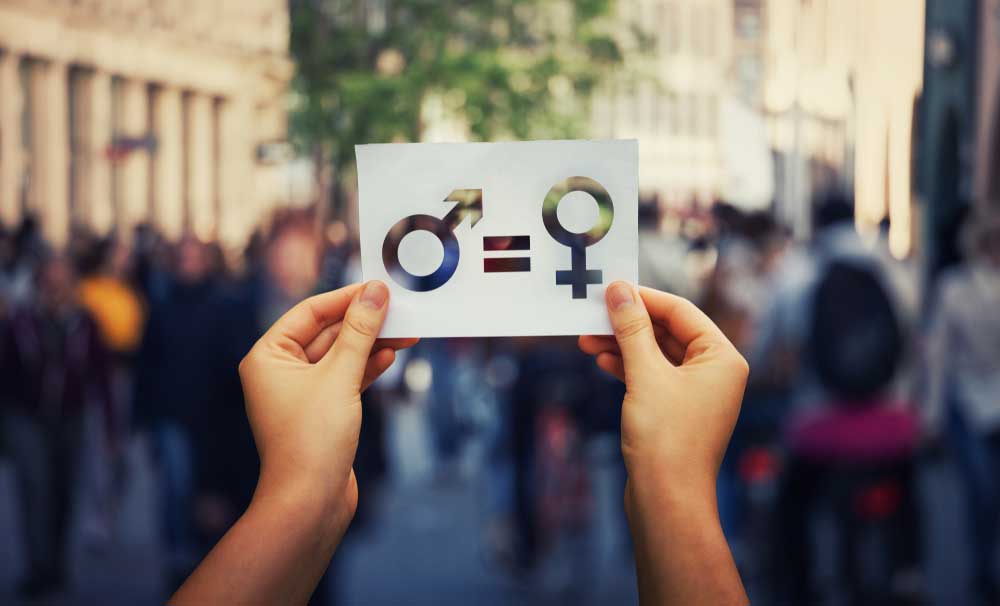India has slipped four places to rank 112th globally among 153 countries in terms of gender gap amid widening disparity in terms of women’s health and survival and economic participation — two parameters where the country is now ranked in the bottom five, an annual survey showed on Tuesday.
While Iceland remains the world’s most gender-neutral country, India has moved down the ladder from the 108th position last year on the World Economic Forum’s Gender Gap Report to rank below China (106th), Sri Lanka (102nd), Nepal (101st), Brazil (92nd), Indonesia (85th) and Bangladesh (50th).
Yemen is ranked the worst (153rd), while Iraq is 152nd and Pakistan 151st.
“The time it will take to close the gender gap (globally) narrowed to 99.5 years in 2019. While an improvement on 2018 — when the gap was calculated to take 108 years to close — it still means parity between men and women across health, education, work and politics will take more than a lifetime to achieve,” the World Economic Forum (WEF) said.
The Geneva-based WEF, an international organisation for public-private cooperation, said this year’s improvement could largely be ascribed to a significant increase in the number of women in politics. The political gender gap will take 95 years to close, compared to 107 years last year.
Worldwide, women now hold 25.2 per cent of parliamentary lower House seats and 21.2 per cent of ministerial positions, compared to 24.1 per cent and 19 per cent, respectively, last year.
However, the economic opportunity gap has worsened, widening to 257 years, compared to 202 years last year.
The report said one of the greatest challenges to closing this gap was women’s under-representation in emerging roles, such as cloud computing, engineering and data and artificial intelligence.
The WEF had published its first gender gap report in 2006, when India was ranked relatively higher at the 98th spot.
While India has improved to 18th place on political empowerment this year, it has slipped to 150th on health and survival, to 149th in terms of economic participation and opportunity and to 112th in educational attainment.
The WEF said economic opportunities for women were extremely limited in India (35.4 per cent), Pakistan (32.7 per cent), Yemen (27.3 per cent), Syria (24.9 per cent) and Iraq (22.7 per cent).
It also named India among countries with very low women representation on company boards (13.8 per cent).
On health and survival, four large countries — Pakistan, India, Vietnam and China — fare badly with millions of women not getting the same access to health as men, the WEF said.
It also flagged abnormally low sex ratios at birth in India (91 girls for every 100 boys) and Pakistan (92/100).
Women’s estimated earned income is one-fifth of the male income, again among the world’s lowest (144th). Women account for only 14 per cent of leadership roles (136th) and 30 per cent of professional and technical workers.










